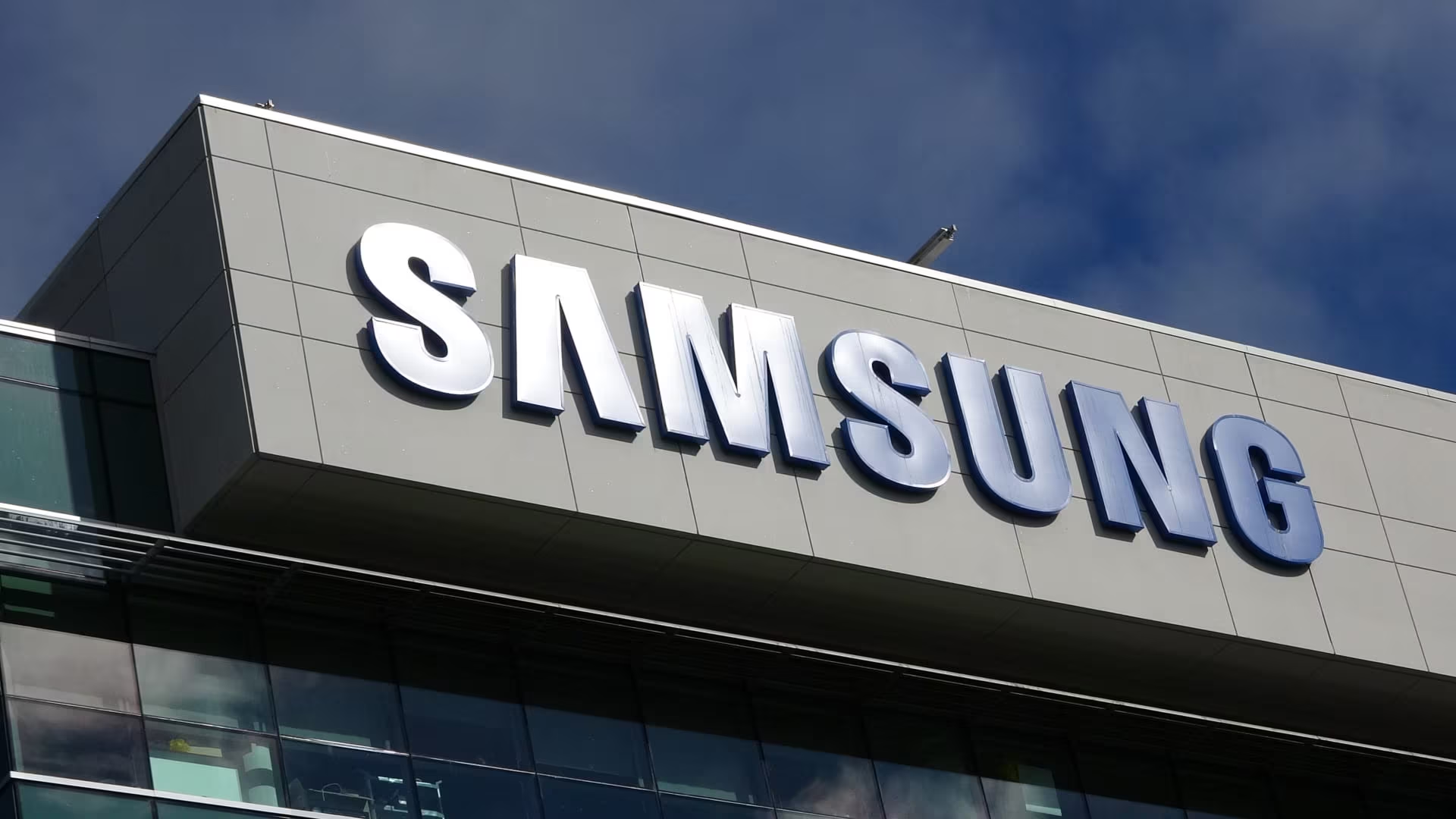Samsung Electronics Reports Massive Q3 2025 Earnings Rebound
Samsung Electronics, the global technology giant, has announced a dramatic financial turnaround for the third quarter of 2025. The company reported that its operating profit more than doubled compared to the same period last year, significantly surpassing market expectations. This powerful resurgence is overwhelmingly attributed to the booming demand for specialized memory chips essential for powering Artificial Intelligence (AI) infrastructure.
The results confirm that the semiconductor market has firmly exited its recent downturn, driven by the massive capital expenditure of major tech companies investing in AI accelerators and data centers. For Samsung, the world’s largest memory chip maker, this represents a 160% surge in operating profit, signaling a robust recovery led by its crucial Device Solutions (DS) division.
The Financial Engine: Memory Chip Momentum
Samsung’s performance in Q3 2025 was a clear indicator that the cyclical slump that plagued the memory sector in 2023 and early 2024 is now firmly in the rearview mirror. The company’s ability to beat consensus estimates underscores the speed at which the market is absorbing high-end memory products.
While Samsung manufactures everything from smartphones to home appliances, the semiconductor business—specifically the memory division—remains the primary driver of profitability. The return to growth was not merely a volume increase but a shift toward higher-margin products.

The Critical Role of High Bandwidth Memory (HBM)
The key to Samsung’s success lies in its advanced memory offerings, particularly High Bandwidth Memory (HBM). HBM chips are stacked vertically and integrated directly with AI Graphics Processing Units (GPUs) made by companies like Nvidia, providing the immense speed and capacity required for training large language models and running complex AI applications.
Demand for HBM has created a pricing environment far superior to traditional DRAM (Dynamic Random-Access Memory). Samsung has successfully ramped up production of its latest HBM generations, positioning itself to capitalize on the ongoing AI infrastructure buildout.
“The strong performance in Q3 2025 validates our strategic shift toward high-value, advanced packaging solutions. The market for High Bandwidth Memory is expanding faster than anticipated, and we are committed to maintaining our technological leadership in this critical area,” a Samsung executive stated following the earnings release.
Broader Industry Context and Competitive Landscape
Samsung’s stellar results reflect a wider trend across the global semiconductor industry, where AI-driven demand is rewriting the rules of the memory market. This recovery is characterized by two main factors:
- AI Data Center Buildout: Hyperscalers (Google, Amazon, Microsoft, Meta) are aggressively investing in AI servers, which require exponentially more HBM and high-density storage than standard servers.
- Inventory Normalization: After a period of oversupply, customer inventories of standard DRAM and NAND flash memory have normalized, leading to renewed purchasing and stabilizing prices across the board.
Competition in the HBM Race
While Samsung is a dominant player, the HBM market is intensely competitive. Korean rival SK Hynix was an early mover in advanced HBM technology, securing significant contracts. Samsung’s ability to catch up and deliver high volumes of its HBM3 and newer generations is crucial for its long-term profitability.
Samsung is leveraging its integrated manufacturing capabilities—producing both the memory chips and the logic chips—to offer comprehensive solutions to its AI customers, a competitive advantage few others possess.

Outlook and Future Investment Focus
Looking ahead to the fourth quarter of 2025 and into 2026, Samsung remains optimistic, projecting continued strength in the memory market. The company indicated that it would continue to prioritize capital expenditure toward advanced process nodes and packaging technologies, specifically targeting AI-related products.
Samsung is also focusing on improving the profitability of its NAND flash business, which, while recovering, lagged slightly behind the DRAM division. The company is pushing high-density solid-state drives (SSDs) for enterprise applications to capture value in the storage segment of the AI ecosystem.
Key Areas of Focus:
- HBM Production: Accelerating the transition to the next generation of HBM to meet anticipated demand from new AI accelerator launches.
- Foundry Business: Expanding its advanced foundry services to manufacture custom AI chips for major clients, diversifying revenue beyond memory.
- Mobile Devices: While the chip business stole the spotlight, Samsung continues to prepare for the launch of its next flagship mobile devices, integrating more on-device AI capabilities that require specialized, low-power memory solutions.

Key Takeaways for Investors and Industry Watchers
Samsung’s Q3 2025 performance is a bellwether for the entire technology sector, confirming the sustained, high-growth trajectory of the AI hardware market.
- Profit Surge: Operating profit more than doubled (160% increase), significantly beating analyst estimates.
- AI Catalyst: The recovery is almost entirely driven by the soaring demand for High Bandwidth Memory (HBM) chips.
- Market Exit: The results officially mark the end of the severe memory chip downturn experienced in the preceding years.
- Strategic Shift: Samsung is prioritizing investment and production capacity toward high-margin, advanced packaging solutions over commodity memory.
- Future Outlook: The company forecasts continued strong demand, particularly as AI adoption moves from the cloud to edge devices and enterprise applications.
Original author: Dylan Butts
Originally published: October 30, 2025
Editorial note: Our team reviewed and enhanced this coverage with AI-assisted tools and human editing to add helpful context while preserving verified facts and quotations from the original source.
We encourage you to consult the publisher above for the complete report and to reach out if you spot inaccuracies or compliance concerns.

